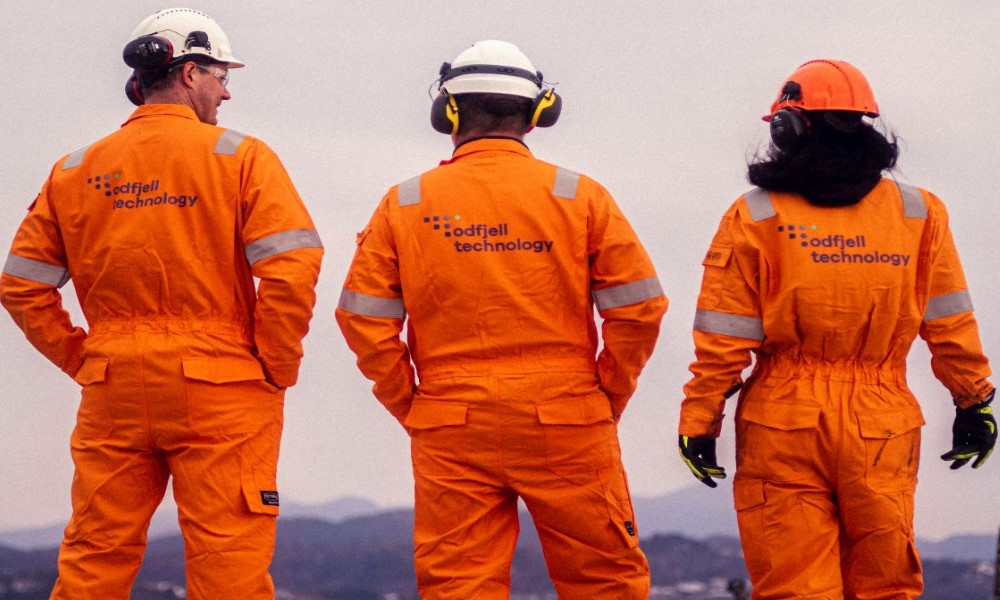At the summit of Mount Everest, the boiling temperature of water is not high enough to fully cook eggs. This is because the pressure at the peak is about one-third of atmospheric pressure, causing the boiling temperature to drop to 68 degrees Celsius. Although this temperature can cause burns, it is not sufficient to completely boil an egg.
The proteins in egg whites and yolks coagulate at different temperatures, with the egg white needing 80 degrees Celsius and the yolk needing 70 degrees Celsius to firm up. This means that if you are at Mount Everest and want to cook boiled eggs, you need a unique cooking method such as using a pressure cooker.
The use of a pressure cooker increases the boiling point through elevated pressure inside the pot, allowing for fully cooked eggs. This phenomenon has implications for food and drink preparation globally, especially at extreme altitudes where air pressure affects the boiling point of water.
In addition to Mount Everest, other places with low atmospheric pressure such as La Rinconada in South America have also experienced changes in boiling temperature due to altitude. However, these changes are less severe than those seen on Mount Everest’s peak due to its higher altitude and lower air pressure.

